Art World
How Is Crowdfunding Working Out for Art Galleries? 4 Lessons From Postmasters and Other Dealers Giving Patreon a Try
It's early days, but some lessons are becoming clear already.
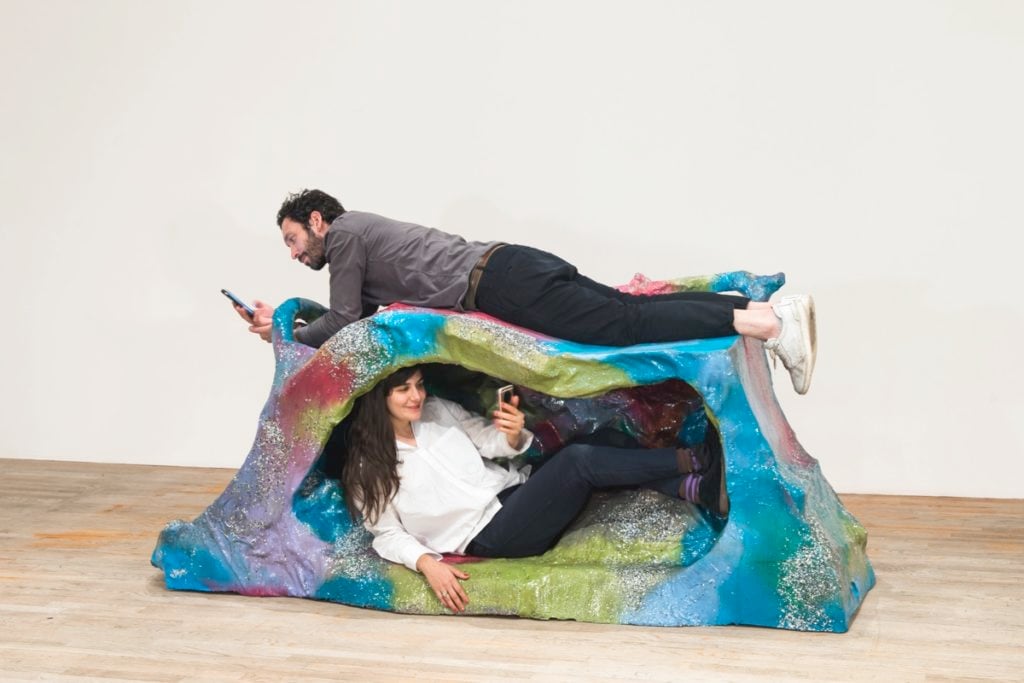
It's early days, but some lessons are becoming clear already.

Tim Schneider

When it comes to the business of art, we in the media are usually lightning quick to cover new ventures. We tend to devote far fewer words to how those new ventures are working out along the way—at least, until they lead to a big win or a shocking ending.
But periodic check-ins can sometimes reveal important lessons, too. This spring, a trio of brick-and-mortar galleries launched campaigns on Patreon, a leading facilitator of monthly crowdfunding for artists and creatives of all stripes, in order to supplement their revenue from traditional art sales at a time when gallery operating costs are skyrocketing. Granted, each gallerist stressed in their comments to artnet News that their respective campaigns—such as Postmasters’s tiered subscription offering, from $3 per month for a patron’s name on the wall to $500 for in-depth biannual consultations—were works in progress. And, as always, it’s hard to derive clear-cut assessments from small sample sizes. Still, roughly three months in, a few valuable insights are already emerging from their experiences.
Although Patreon is certainly a new channel for galleries, engaging it should not mean making any radical shifts in identity. Those who have found modest success on the platform already credit that success in part to shaping their campaigns into natural extensions of their programs.
New York mainstay Postmasters Gallery became the first gallery to enter the unknown territory of Patreon this past April, and this mandate was central to their approach. “The whole idea is to capitalize on the digital presence the gallery has,” co-founder Magda Sawon told artnet News. Reaching out to supporters online “fits perfectly well” with Postmasters’s longstanding engagements with both technology and alternative methods of connecting with their audience. (She cites Lectures for the End of the World, the gallery’s 2016–17 Sunday afternoon lecture series with “pseudonymous philosopher” Fuck Theory, as a touchstone of the latter.)
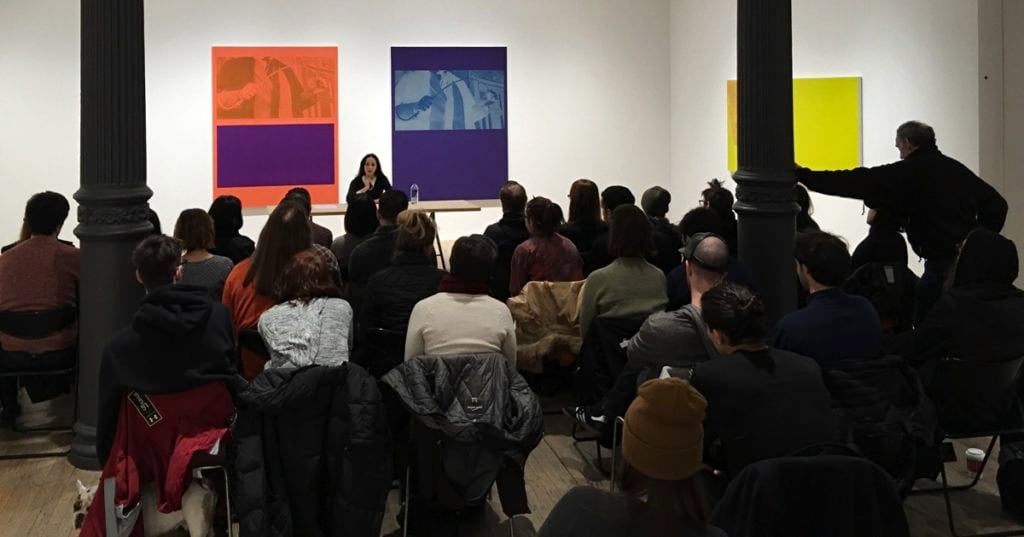
Artist Molly Crabapple reading Fuck Theory’s Lecture for the End of the World (Lecture 6, Series 1) at Postmasters on February 12, 2017. Image courtesy of Postmasters.
This is why Postmasters made a participatory, communal spirit the foundation of its Patreon campaign. None of the rewards for the gallery’s six levels of support are collectible objects. Instead, they include perks like access to the Postcast, Postmasters’ subscribers-only podcast ($3 or more per month); entry to special programming at the gallery ($6 or more per month); and a two-hour bi-annual lunch or Skype call with Sawon and co-founder Tamas Banovich ($500 or more per month).
Theodore:Art, the Bushwick gallery owned and operated by Stephanie Theodore since 2010, took a somewhat different path for its own Patreon campaign, which launched just a few weeks after Postmasters. Every level of support above the most modest one ($4 or more per month) includes at least one artist-created object. The offerings range from a limited-edition coaster by Chris Moss ($10 or more per month) all the way up to a limited edition work by gallery artists Richard Paul or Alasdair Duncan ($300 or more per month).
Theodore tells artnet News that, similar to Postmasters, the campaign benefits grew out of the fundamental character and realities of the gallery. “I’m a one-person operation,” she says. “I can’t do a podcast. I can’t even keep up with [listening to] podcasts!”
Rather than viewing these limitations as a setback, though, she sees them as an opportunity. “This is what I have: art that you can live with,” says Theodore. “You don’t need insurance for it. You don’t need to be precious about it.” Yet it is still a way to give something of value back to supporters—and more than that, something of value that fits naturally with the program and its ethos.
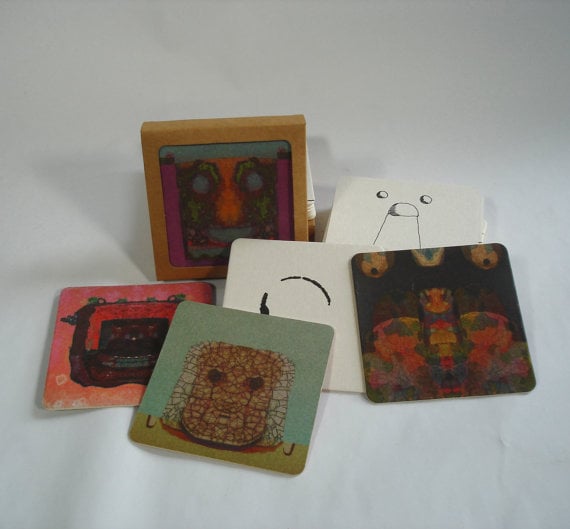
Limited edition coasters (and bonus drawing) by Chris Moss, available through Theodore:Art’s Patreon campaign. Image courtesy of Theodore:Art.
One of the allures of Patreon is the possibility to connect with a large, untapped audience that may not yet be familiar with a gallery’s program. Some of this potential expansion could come from local sources, but some could also come from people willing to provide a few dollars strictly for virtual engagement (if not the satisfaction of providing a small boost to a worthy business).
Both Sawon and Theodore said that their respective pools of patrons at this early stage are a mix of longtime fans and fresh faces. Sawon estimates that Postmasters 78 patrons to date break down into roughly 70 percent “people who know the gallery, but not me personally,” versus 30 percent “totally new people.” Theodore projects the split for her 11 monthly micro-funders as “about half and half” between familiars and remote admirers.
But there are more sobering results, too. A third commercial space that branched out to Patreon this spring, Berlin’s Jarvis Dooney Galerie, has only attracted a handful of monthly supporters so far.
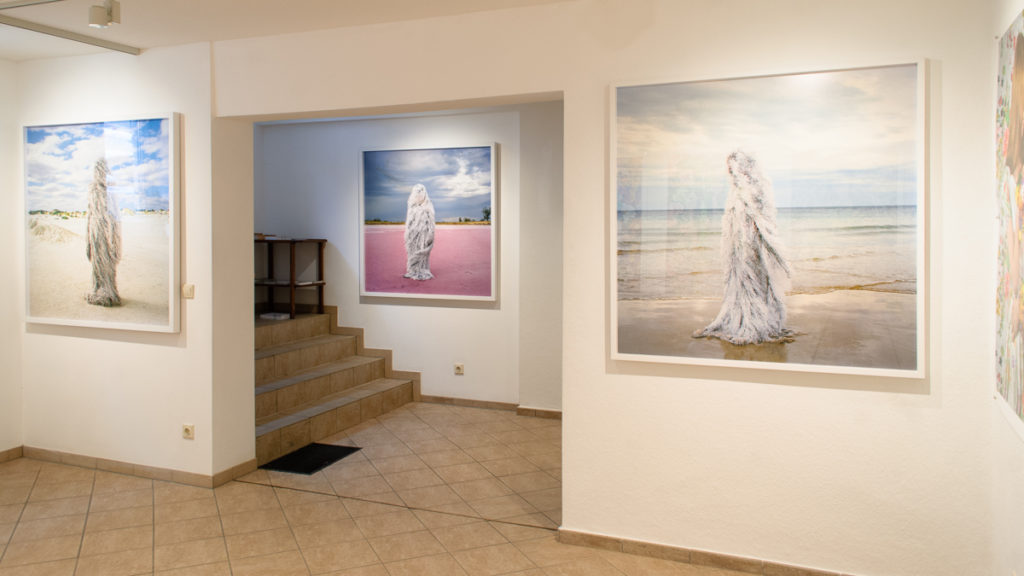
Installation of Polixeni Papapetrou at Jarvis Dooney Galerie, Berlin. Image courtesy of Jarvis Dooney Galerie.
Launched shortly after Berlin Gallery Weekend 2018, Jarvis Dooney’s campaign is built on something between a donor model and an engagement model. The lowest tier ($2 or more per month) provides no rewards other than the satisfaction of knowing you’re helping a program you believe in. The middle tier ($5 or more per month) provides access to the gallery’s monthly “Ask Me Anything” podcast—a perk Dooney decided to offer based on the frequency with which he says artists and others hoping to make it in the business call the gallery with questions, as well as a gesture toward transparency in the industry. The highest tier ($50 or more per month) appeals to potential supporters who “believe that small galleries are the backbone of a healthy art market ecosystem.” It offers advance info on Jarvis Dooney’s exhibitions, entry to private events organized by the gallery, and “loyalty prices for artworks” (meaning, discounts).
Michael Dooney, who co-founded the gallery in 2013 with his partner Christy Jarvis, describes “actively promoting” the campaign for its first month through a blend of emails to Jarvis Dooney’s mailing list and posts on social media. While he intends to do a second major push after the summer, substantial support has yet to materialize on the platform—an outcome that has not entirely surprised him, based on lackluster results from two project-based crowdfunding campaigns in the gallery’s early days.
Dooney’s disappointment with reaching new audiences so far qualifies as an offshoot of a larger lesson for galleries hoping for a Patreon boost….
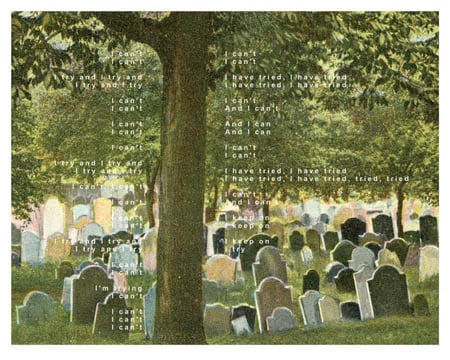
Andrew Witkin, Untitled, 1998-2016, an editioned work available through Theodore:Art’s Patreon campaign. Image courtesy of Theodore:Art.
Dooney says that a wave of criticism hit the gallery immediately after announcing its Patreon campaign. He described most of the backlash as coming from the same underlying question: “Why should I support a gallery when I could be supporting an artist directly, or a nonprofit space?”
Theodore:Art has taken fire for its efforts on the platform, as well. “Some people say, ‘Why would a gallery have to ask for money?’” says Theodore. “Galleries ask for money all the time!” That ask, in fact, is the basis of selling art. Potential buyers are simply getting something in return.
The business basis of art sales drains much of the sympathy away from dealers, including many modest ones genuinely trying to bring positive change. “People don’t have the same attitudes toward small galleries or exhibition spaces that they have toward other small business,” asserts Dooney.
The reality is that the vast majority of gallery visitors rarely, if ever, actually buy work. Yet their proprietors continuously stage shows without charging admission. “You’re providing a service to the public,” says Dooney—ironically, even as some members of the public perceive that galleries are instead “doing it out of greed.”
And Patreon is hardly the only venue where that misinformed grudge manifests. “People are even reluctant to put a Euro in our piggy bank when we serve wine at our openings,” Dooney recounts.
Postmasters, too, has absorbed some negativity for crowdfunding. However, Sawon says that much of it has come from the false perception that the gallery’s campaign is “a last ditch effort” to save itself from oblivion. Still, she is nonplussed by the blowback. “I’ve gotten some kinds of comments like that. Troll me, I’ll troll you. What can I do?”
Her mentality is a fitting lead-in to one last takeaway….
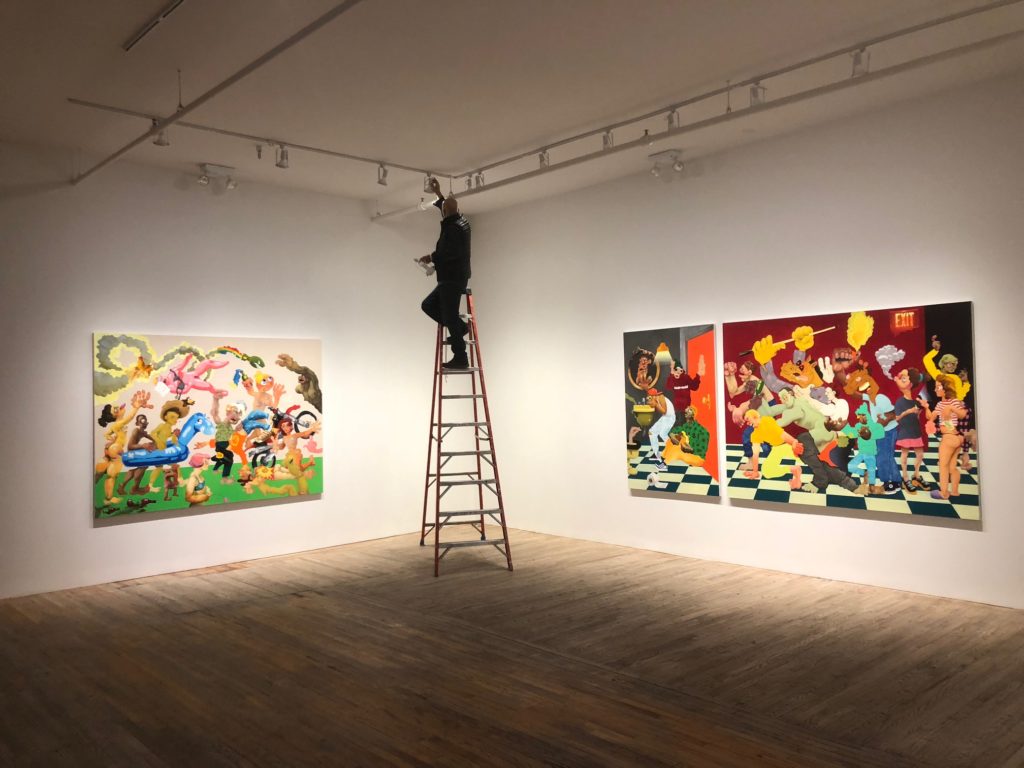
Postmasters co-founder Tamas Banovich lighting Canyon Castator’s January 2018 solo exhibition, “Pissing Match,” at the gallery. Image courtesy of Postmasters.
Although Postmasters has attracted the largest audience of the three galleries on Patreon so far, the gallery’s ambitions for its campaign remain modest. Sawon says that, as of publication time, the campaign brings in slightly more than $1,000 per month, but that focusing on the total would also betray the gallery’s commitment to growing the campaign $3 at a time—a sum that makes her “insanely satisfied” every time a new person decides to give it.
This approach highlights that the campaign is still, as Postmasters page on Patreon announces, simply one way to “bring back the balance” to a system that has tilted heavily toward a small subset of powerful galleries and artists. “Obviously, we wanted sustainability,” she says, “and that does not always, or exclusively, involve the market. On the other hand, at Postmasters we are always making a Herculean effort to find, attract, inform, and excite new collectors.”
Still, Postmasters intends to continue fine-tuning its Patreon campaign to be the best it can be.
For starters, the gallery has decided to change the approach to the Postcast. Starting in September, new episodes will begin arriving weekly instead of bi-weekly, with some being recorded live in the gallery. The guest list will also move away from what Sawon self-deprecatingly calls the “celebrity talking to another celebrity” format to incorporate alternative perspectives. “You can get as much out of a conversation with an art handler as with Hans Ulrich Obrist or Olafur Eliasson,” she says, as long as you approach it thoughtfully.
Yet the Patreon initiative will not alter the gallery’s IRL programming. “The whole point is that we don’t change,” says Sawon, noting that the extra support will instead allow Postmasters to continue doing what it has done since the 1980s.
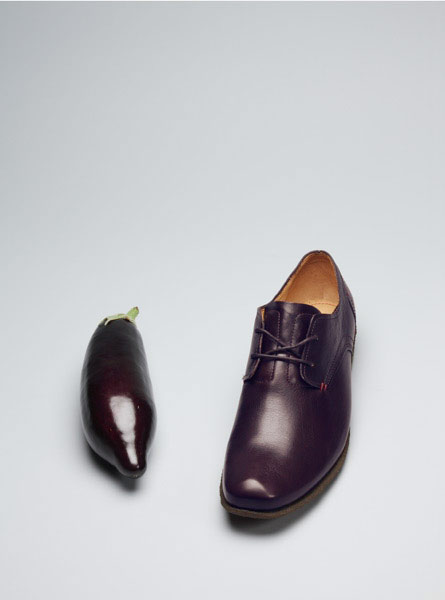
Richard Paul, Aubergine, 2010/11, a work available through Theodore:Art’s Patreon campaign. Courtesy of the artist.
No online-rooted revolutions are in store for Theodore:Art, either. While Theodore plans to make a bigger push for supporters when the fall gallery season begins, she feels she’s had “a nice first turn-out” on Patreon. When asked about her monthly total, she describes it as “a small amount”—enough to pay a part-time assistant, who in turn helps keep the exhibition cycle and artwork placements moving.
“The gallery program allows the artists to do the shows they want to, and make some sales,” explains Theodore. “All I want to do is just keep it sustainable for the long term, for the artists and for the larger community.” Patreon is a stabilizing force that she hopes she can grow. At the same time, she “never expect[s] it to be full-on paying the rent.”
Despite the uninspiring results to date, Dooney is not giving up on Patreon yet, either. Like Theodore, he plans to put more energy into promoting the gallery’s crowdfunding campaign over the rest of the summer, guided by some of his collectors’ advice to be even more direct about the state of the business. If it doesn’t work out, he says he will have to explore other possibilities for alternative funding.
Overall then, the (very) early returns on Patreon suggest that monthly crowdfunding is unlikely to ever replace, or even dramatically revise, the traditional gallery model. Instead, its greatest value may lie in giving each individual gallery an opportunity to extend its unique identity to new audiences—and, if all goes well, to find some supplementary income that can be put to good use. And if you ask Sawon, a staunch advocate of the superiority of in-gallery viewing, that can only be a good thing.
“There are so many other ways to encounter art now, from Instagram and gallery websites to online selling platforms and art fairs,” she says. “It takes more time and effort to experience art in a gallery, but I see the difference between brick-and-mortar and everything else like fresh food versus processed food, or liquid shampoo versus dry shampoo. Who wants dry shampoo?”